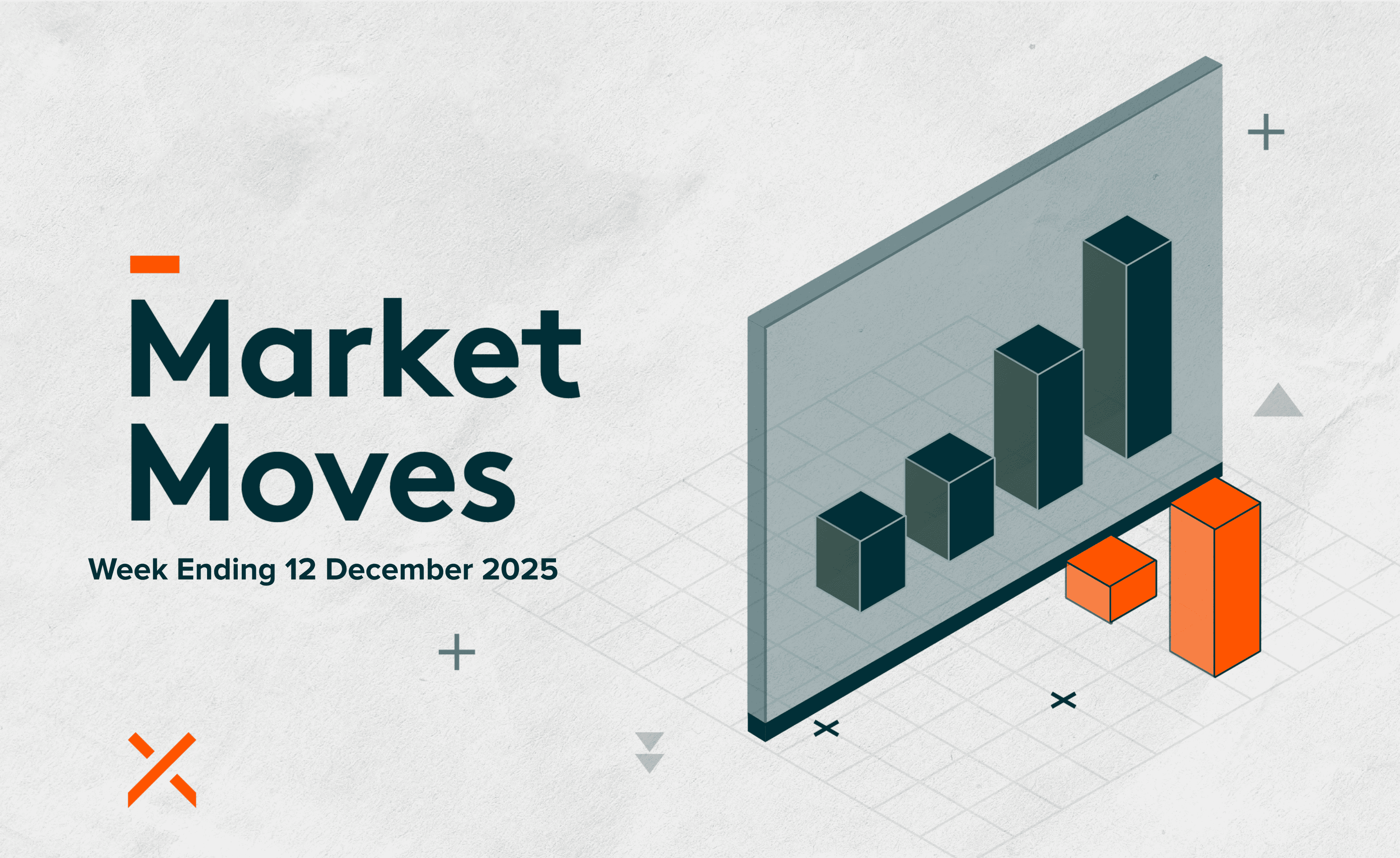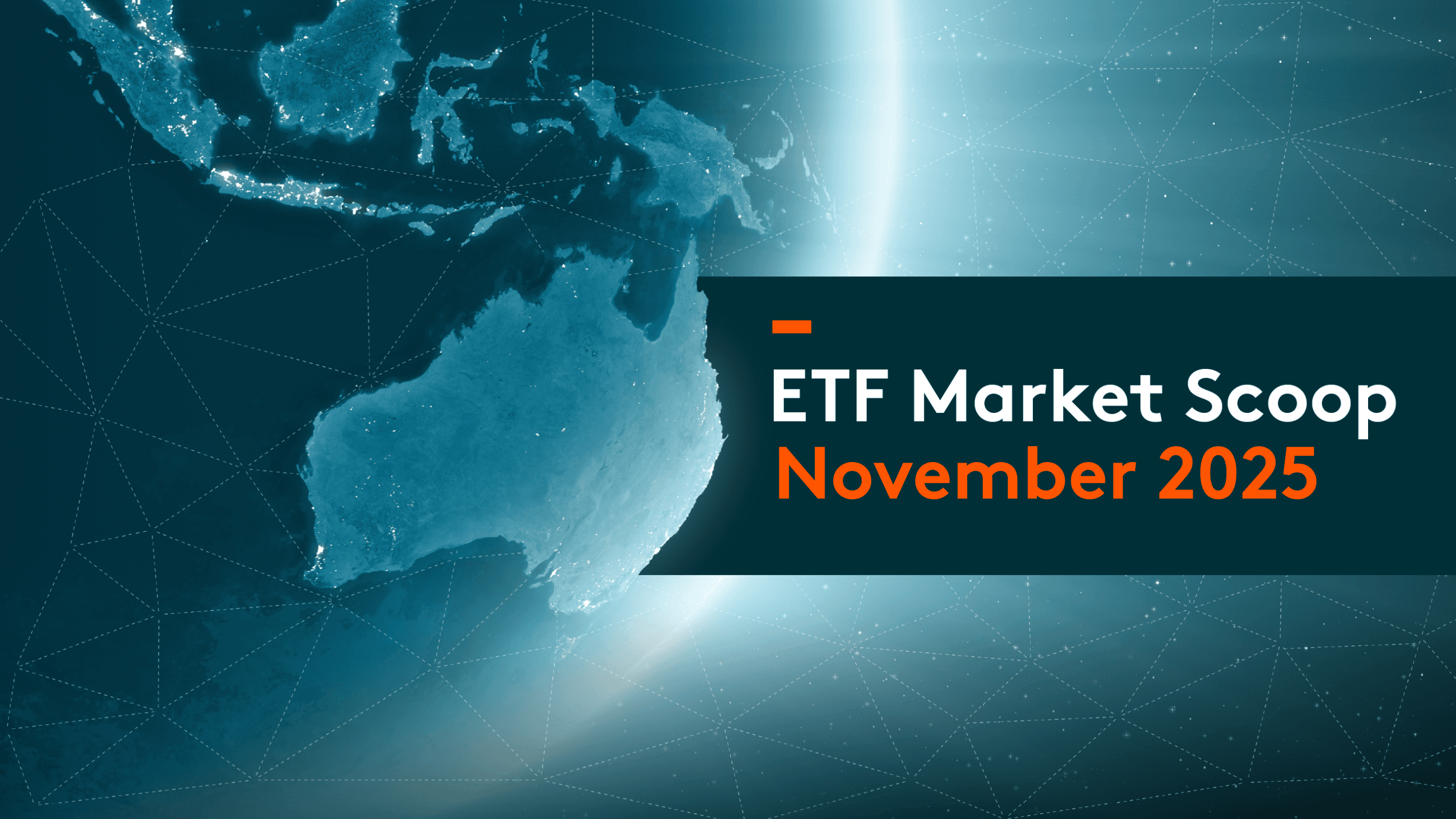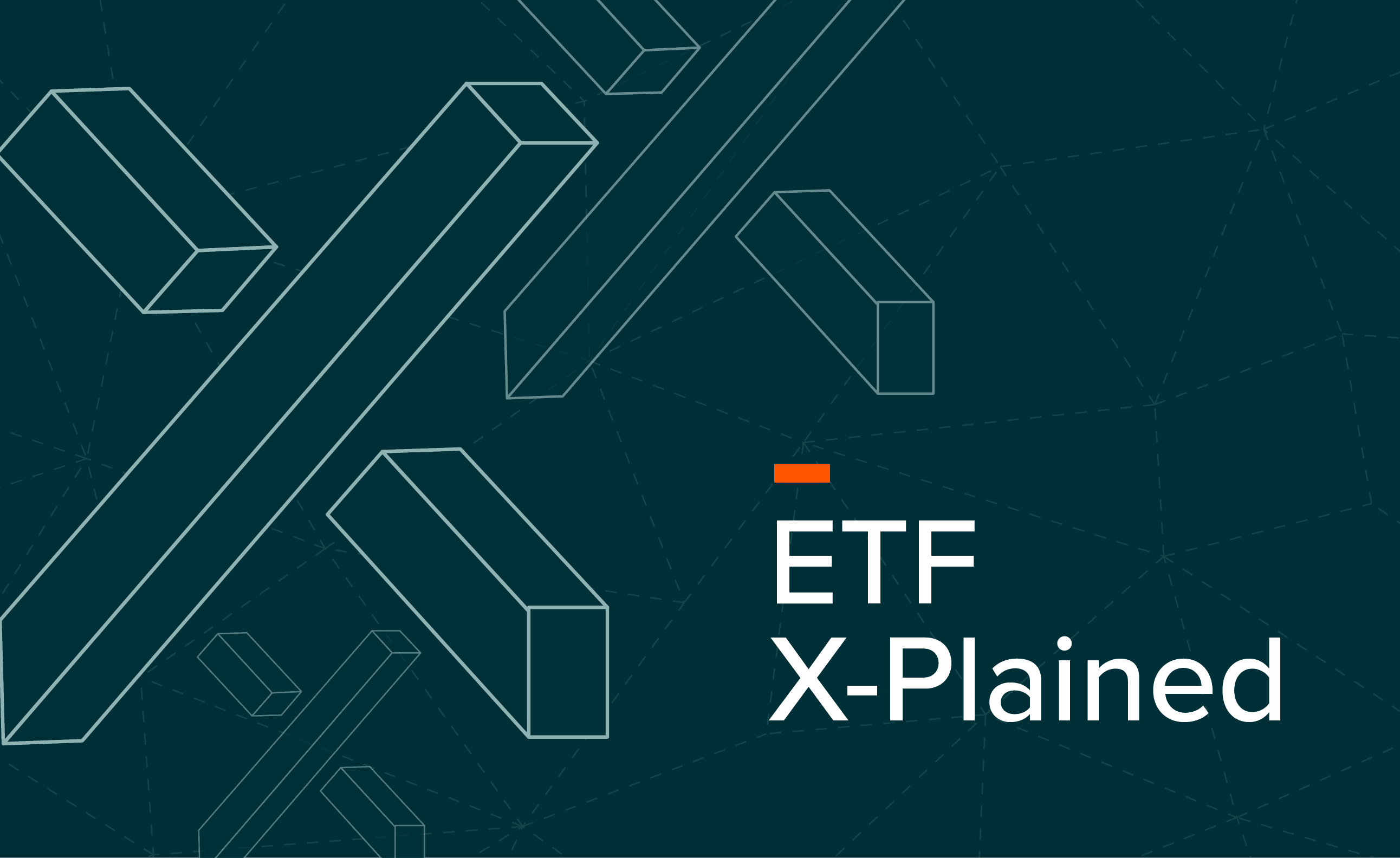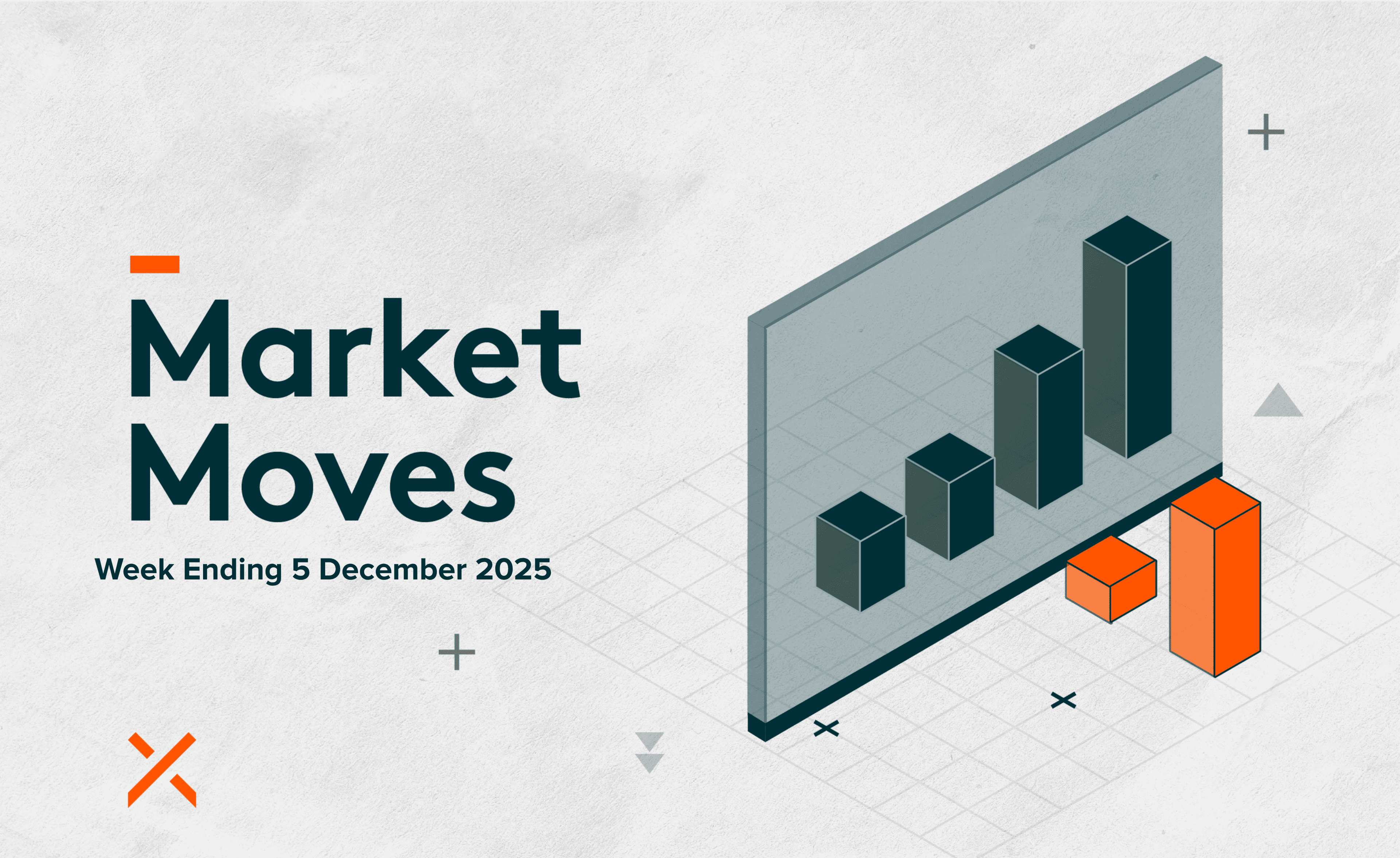
Education Hub
Global X's Education Hub provides valuable resources to help investors understand and navigate investment strategies and market trends.
How to Choose an ETF
How do you find the right ETF for the job? With well over 400 ETFs available on the Australian market, it can be difficult to decide which ones could fit into a portfolio. Learning how to identify ETFs, understand what they invest in, and which documents you need to check is the key to researching which ETFs will be suitable to help achieve your investment goals.
The Global X US 100 ETF (U100) is used as an example throughout this article to explain what information you need to know.
Understanding key information about an ETF
Starting simple, the fund name and ticker code help you to identify an ETF. The fund name is the full name of the ETF and can give a guide of what the fund invests in. For example, the Global X US 100 ETF invests in 100 of the largest innovative companies listed on the US market on either the NASDAQ or NYSE. Tickers are unique codes used to identify ETFs on a stock exchange, such as U100.
It’s important for investors to verify that the ETF’s name accurately reflects its underlying exposure by checking that the holdings align with the intended investment strategy and are true to label.
The management fee (also called the management expense ratio or MER) is the annual cost charged by an ETF provider to manage the fund. For example, U100 has a management fee of 0.24% per annum. If you invested $1000 into the ETF, you would pay $2.40 in fees per annum. The ETF provider essentially packages up all the costs associated with the fund, such as international taxes, market maker fees, and the costs associated with tracking an index, and charges it on an annualised basis to investors.
The management fee isn’t directly debited from the investor’s brokerage account but rather deducted from the ETF’s unit price on a daily basis. Generally, ETFs which track a broad index are cheaper than funds with more complicated index methodologies or active ETFs.
Other key factors investors should consider before investing in an ETF include its size (measured by assets under management), its liquidity (the trading volume of the ETF), the bid-ask spreads (the cost of entering and exiting the ETF), and the performance and track record. Evaluating these factors together can provide investors with a comprehensive understanding of the ETF before making an investment decision.
What types of market exposure can you achieve through an ETF?
An investment objective provides investors with an idea of what market exposure they can get with investing – in particular an index-based ETF which tracks the return (before fees and expenses) of the relevant index.
You will find a short explanation of the asset, market, sector or theme the fund aims to gain exposure to on the ETF provider’s website and can find more details in the relevant Product Disclosure Statement (PDS). This allows investors to get an initial understanding of whether the ETF may suit their needs. For example:
“The Global X US 100 ETF (ASX: U100) tracks the performance of 100 of the largest innovative companies listed on the US market on either the NASDAQ or NYSE. It focuses on technology and pioneering US companies, providing exposure to sectors with high growth potential, such as technology, consumer goods, and more. This includes companies like Alphabet, Apple, Amazon, Microsoft, and Nvidia, as well as a range of digital juggernauts whose products or services play a vital role in everyday life.”
The next step is to look at the underlying index an ETF invests in. If you are new to ETF investing, you can learn about indexes in our article What is an ETF?.
The index methodology will determine how the ETF is put together including what assets are included or excluded, the number of constituents, and how the index is weighted.
For a greater understanding of what companies or other assets are in an index, refer to the fund holdings which are disclosed on the ETF provider’s website. Being able to “look under the hood” is a key benefit of investing in index-tracking ETFs as the holdings are listed in detail and disclosed daily.
However, if you are looking at an actively managed ETF, there may be a delay in the availability of holdings data. As an example, the full list of U100’s holdings is available on the fund page.
Other factors to consider when selecting an ETF are its structure and whether it is currency hedged.
Physical vs Synthetic Structures
- Physical: Invests directly in the assets from the underlying index. For instance, U100 directly holds the underlying companies in the Global X US 100 Index.
- Synthetic: Invests in derivatives to track the underlying index. For example, the Global X Bloomberg Commodity Complex ETF (BCOM) holds futures contracts to gain exposure to the Bloomberg Commodity Index Excess Return 3-Month Forward.
Currency Hedging
Currency hedging can help protect against exchange rate fluctuations when investing in international assets. However, it does mean you miss out on potential benefits when currency conditions are more favourable for local investors.
Read more about currency-hedged ETFs here.
To dive further into the types of ETFs available, such as equity or commodity ETFs, you can read our article here.
Which documents should you review before making an investment decision?
Every retail investment product, including ETFs, is required to provide Product Disclosure Statements (PDSs), because they contain vital information about the fund that can help you determine whether it is suitable for your needs.
Key information in a PDS includes:
- Key features of the fund
- Investment objectives
- Index information
- Fees and costs
- Distribution frequency (if applicable)
- Risk factors
Check out the U100 PDS here.
The Target Market Determination (TMD) describes which type of investor an ETF is appropriate for. It includes a general summary as well as indicators on whether the fund will be suitable for an investor’s:
- Investment objective
- Intended product use
- Risk and return profile
- Liquidity
Explore the U100 TMD here.
For more information on which part of a portfolio different ETFs may be appropriate for, read How to Construct a Portfolio.
Once you have a firm understanding of an ETF’s key information, you can start to research specific investment ideas which may suit your portfolio.
Stay up to date with ideas from the Global X team via our Insights Hub.
Website Disclaimer
Global X Management (AUS) Limited (“Global X”) (Australian Financial Services Licence Number 466778, ACN 150 433 828) is the product issuer. Offers of interests in any retail product will only be made in, or accompanied by, a Product Disclosure Statement (PDS). In respect of each retail product, Global X has prepared a target market determination (TMD). Each PDS and TMD is available at www.globalxetfs.com.au.
The information on this website is general in nature only and does not take into account your personal objectives, financial situations or needs. Before acting on any information, you should consider the appropriateness of the information having regard to your objectives, financial situation or needs and consider seeking independent financial, legal, tax and other relevant advice having regard to your particular circumstances. Any investment decision should only be made after obtaining and considering the relevant PDS and TMD. Investments in any product issued by Global X are subject to investment risk, including possible delays in repayment and loss of income and principal invested. The value or return of an investment will fluctuate and an investor may lose some or all of their investment. Past performance is not a reliable indicator of future performance.




